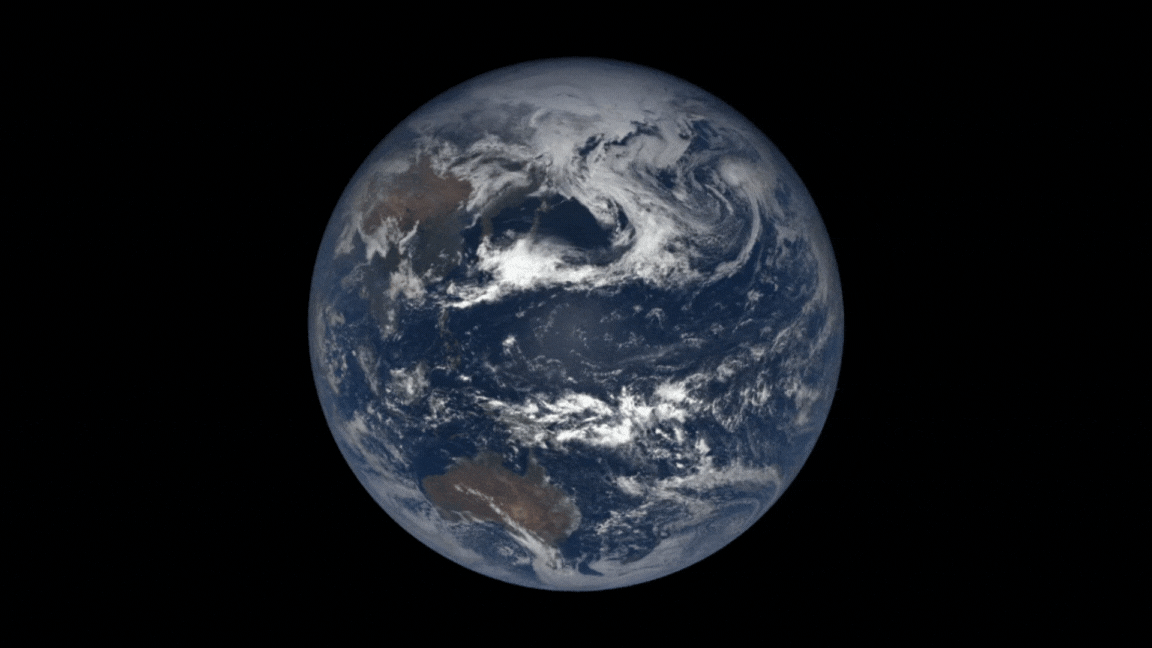I noticed that this planet had biological signals, so I moved in closer to investigate. And as I approached, I couldn't help but notice that it appeared to be moving away from me. I throttled to zero to check and sure enough, it was moving fast enough to be visibly moving across the screen. The only other time I've seen that was Mitterand Hollow, which doesn't really count. So given the info the game provides, is it possible to calculate just how fast this planet is flying through space relative to its parent star?

The biologicals were braintrees, btw.

The biologicals were braintrees, btw.



